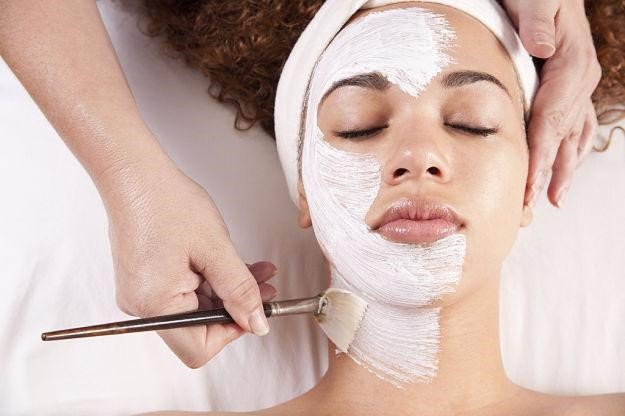Chemical Peel
Getting a chemical peel can sound like a daunting prospect, but it doesn’t have to end with a red, swollen face and peeling skin. There are more gentle, but still very effective, peels that allow you to carry on with your day straight away.
A chemical peel involves an acid solution being applied to the face to chemically break down and exfoliate dead and damaged skin cells, as well as encouraging new ones to grow and stimulating collagen synthesis.
It leaves you with fresher, smoother and younger looking skin that has a real glow to it. So many people can benefit from a chemical peel as they can bring life to dull skin, tackle fine lines and wrinkles, improve the appearance of age spots or other skin discoloration, improve skin texture, and generally just rejuvenate your skin.
The treatment begins with your skin being cleansed and toned. The Pre-Peel Solutions Cleansing Milk is a gentle cleanser that purifies the skin. It’s free from SLS, parabens and soap, and it has a neutral pH of 5.5. The Pre-Peel Solutions Toner also maintains the skin’s acid mantle for the treatment, with a pH of 5.5.

The peel solution is then applied and is massaged into the skin for 4-5 minutes. You will feel a stinging sensation almost immediately. It’s a bit uncomfortable, but isn’t painful. You may feel more in some areas of your face than others too – if this skin is more damaged. The stinging sensation calms as the minutes go on and your skin adjusts to having the acid on it. It’s then neutralised, i.e. wiped off, with a solution that stops the acid activity. We Will finish off with a collagen and SPF moisturiser.
Benefits of chemical peels
A chemical peel involves the application of toxic chemical solutions to the skin in a controlled manner, producing controlled tissue death. The desired depth of the wound is dependent upon the condition to be treated. Sounds scary, but it’s not really. After the peel, your skin regenerates producing a younger and better looking face.
So here are some facts about chemical peels:
A peel damages the skin in a controlled manner, producing a superficial wound.
- As the damage is repaired by the natural healing process, the skin’s appearance is improved.
- The depth at which the damage occurs is determined by the nature of the chemicals applied to the skin.
- The type of chemical peel used depends on the nature of the skin problem to be treated.
- Skin problems that respond best to chemical peels are due to chronic sun damage from ultraviolet light.
- Since most skin peels damage the skin, there is a period of recuperation necessary.
- As with any surgical procedure, there are risks, which include scarring, infection, and undesirable color changes.
- Currently, chemical peels are often used in conjunction with other destructive techniques like laser and dermabrasion to diminish the signs of sun damage or acne scarring.
Different chemical peels
Weel, chemical peels are usually defined by the depth of damage in the skin that they produce. They are categorized as superficial, medium, and deep. Superficial peels do not damage skin below the epidermis, the most superficial skin layer. Medium peels may reach to the superficial layer of the dermis, the deeper layer of the skin. Deep peels generally reach the deeper layers of the dermis. The depth of damage depends on the nature and concentration of the chemicals in the peeling solution and the length of time they are permitted to interact with the skin. Popular chemicals in peeling solutions include alpha-hydroxy acids (glycolic acid, mandelic acid, lactic acid and pyruvic acid, beta-hydroxy acids (salicylic acid), trichloroacetic acid (TCA Peel), and phenol.
